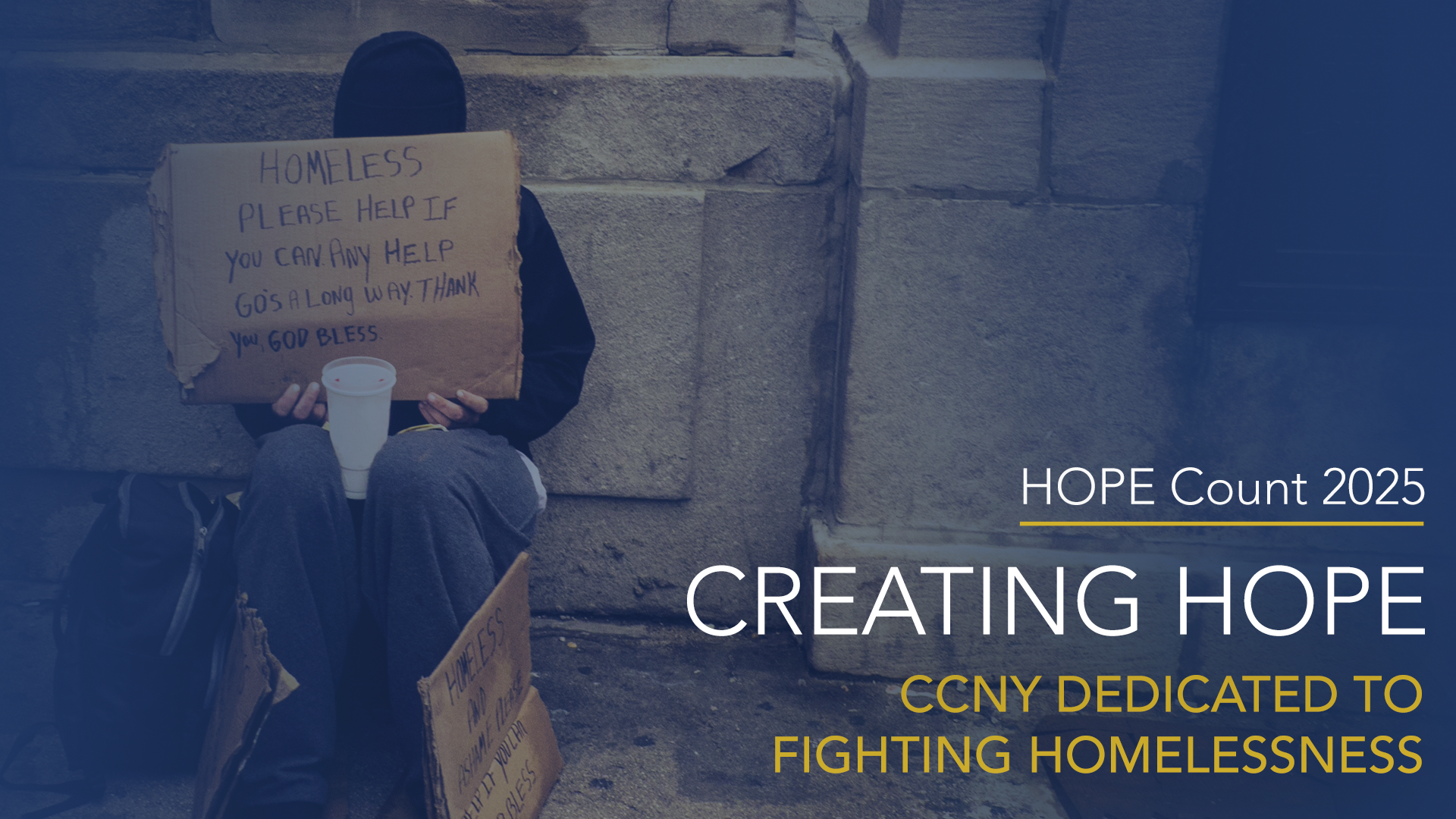- 47,045 people in the city’s shelter system at start of July 2021.
- 16,981 homeless individuals are single adults.
- 9,000 homeless people were housed in temporary hotel emergency shelters.
Now that Covid-19 restrictions have lifted for most of New York City, the fate of the homeless is uncertain. While the pandemic triggered the life saving decision to move homeless individuals into hotel rooms in more than 60 privately owned hotels, it is time to make those spaces commercially available again. Some advocates say it isn’t safe to do that yet. So, what happens next for the homeless in New York City?
The Pandemic
The Coalition for the Homeless found that when the pandemic hit New York City in March 2020 that 61,000 New Yorkers slept in Department of Homeless Services (DHS) shelters, and thousands more were sleeping on the streets and in various agency-run shelters. The danger for them all was very real. “Most homeless single adults,” wrote Giselle Routhier, the Coalition’s Policy Director, “were sheltered in congregate settings, with shared dorms, dining areas, and bathrooms, along with continually rotating staff – conditions poorly suited to containing the spread of a highly contagious virus.” A plan to avoid disaster was sorely needed.
The Hotels
New York City then opened up commercial hotel space as emergency shelters to unburden the overcrowded city-run shelters. The Department of Social Services reportedly had 13,000 homeless single adults in hotel rooms within the first few months of the pandemic – a significant portion of the 19,000 single adults in the NYC shelter system estimated by the Coalition for the Homeless and the 3800 adults living unsheltered on the street according to The HOPE (Homeless Outreach Population Estimate) Survey. Routinely, rooms were shared between 2 people (compared to up-to-60 in common rooms at shelters), and some even had access to refrigerators and microwaves.
However, housing the homeless in commercial hotel space was not always popular in the neighborhoods where it happened. There were reports of fighting, drug use, loud noise and indecent exposure. It has also been costing the City about $1 million per night to maintain the program.
The Subway
In January of 2021, the HOPE Survey found the number of unsheltered single adults had gone down 38% compared to the year before. But factors like sub-freezing temperatures during 2021’s counting made it difficult to say if the City’s efforts could be credited for the reduction alone. Reductions in subway schedules perhaps made it safer for homeless to stay there.
Wanting to get a better accounting of the state of homelessness, the City plans to hire 112 temporary workers to track homeless people sleeping in the subway system specifically. Citylimits.org reported that hirings come as the mayor faces pressure from the State to prevent homeless New Yorkers from staying in subway cars and platforms as 24-hour train service resumes. Critics say the City should spend time and resources on housing instead of counting.
What Now?
It seems no one, including New York’s homeless, know quite when the moves will take place, though the wheels are in motion. Nonprofit providers and DHS began sending letters as early as March urging homeless hotel residents to discard excess belongings in preparation for the move.
The State has lifted the majority of Covis-19-related restrictions as of June 15th and despite miscommunication between City and State, there seems to be no more legislative obstacles to the move. The Mayor plans to move about 9,000 homeless out of hotels and back into its traditional congregate shelter system by the end of July.
The New York Times reported that many homeless people, relatively happy to have been able to live in hotels, would rather transition back to the streets than return to overcrowded shelters. Understandable seeing that 3,700 people contracted Covid-19 in the shelter system during the pandemic so far, and over 100 of them died. It’s also likely that only a third of homeless have been vaccinated, compared to approximately 65% of NYC residents. Recently The Wall Street Journal wrote that there were 47,045 people in the city’s shelter system as of the beginning of July 2021, with the number of single adults reaching 16,981.
It’s clear that the challenges facing NYC’s homeless population have not improved in any permanent way. In the meantime, homeless advocates and supportive agencies like Catholic Charities of New York will continue to provide advocacy, essential services and transitional housing programs as the landscape continues to change.












